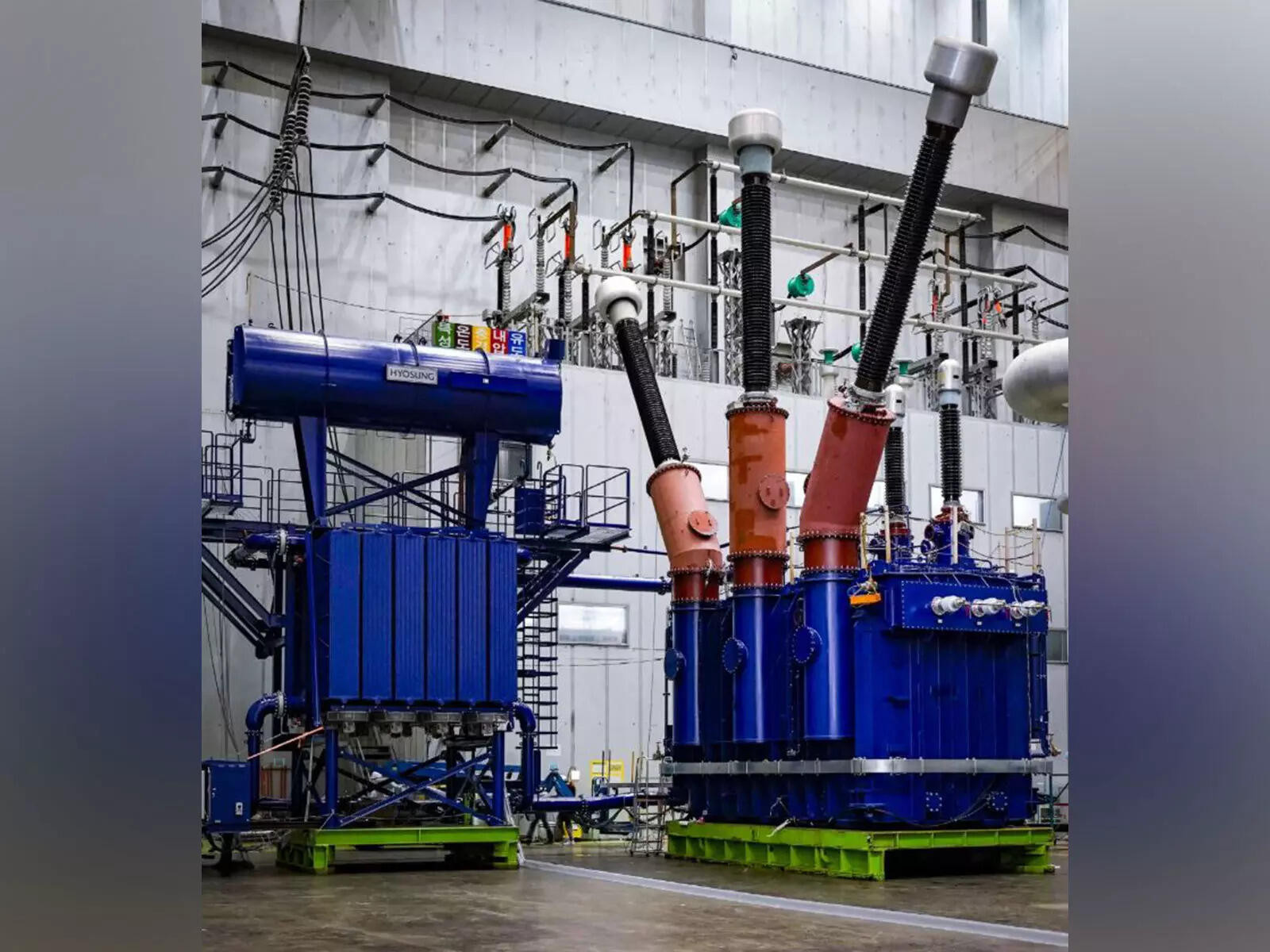Nvidia’s market dominance in AI chips faces challenges from competitors and clients developing custom silicon. While Nvidia’s valuation soared, Microsoft, fueled by Azure’s growth and OpenAI investment, is poised to reach a $4.5 trillion market cap. Analysts suggest Microsoft presents a more favorable investment opportunity due to its growth potential and strategic positioning in cloud computing and enterprise software.
Beyond the Green Giant: The Tech Titan Quietly Poised to Dominate AI
Nvidia has captivated the world with its meteoric rise, flirting with and occasionally breaching the $4 trillion valuation mark. Its graphics processing units (GPUs) are the workhorses powering the current AI revolution, making it a household name – at least in tech circles. But while the spotlight shines brightly on Nvidia, another tech behemoth is strategically positioning itself to potentially eclipse even that impressive figure. We’re talking about Microsoft, and its quiet but aggressive investments in artificial intelligence could propel it to a staggering $4.5 trillion market capitalization – and beyond.
For years, Microsoft has been more than just the company behind Windows. Satya Nadella’s leadership has overseen a remarkable transformation, shifting the focus towards cloud computing and, crucially, artificial intelligence. While Nvidia provides the picks and shovels for the AI gold rush, Microsoft is building the infrastructure, the applications, and the platforms that will define how we use AI.
Microsoft’s Strategic AI Advantage: More Than Just Hype
Microsoft’s advantage isn’t just about throwing money at the problem; it’s about strategic partnerships and integrations. Its multi-billion dollar investment in OpenAI, the creator of ChatGPT and DALL-E, is a prime example. This partnership isn’t just about bragging rights; it’s deeply embedded within Microsoft’s product ecosystem. Think about it: ChatGPT’s capabilities are already integrated into Bing search, providing a vastly improved user experience compared to traditional search engines. Microsoft Copilot, an AI assistant for Microsoft 365, is poised to revolutionize productivity for millions of users. This is where the real magic happens – not just in the raw processing power, but in the seamless integration of AI into our daily lives.

And it doesn’t stop there. Azure, Microsoft’s cloud computing platform, is rapidly becoming the go-to choice for businesses looking to develop and deploy their own AI models. Azure provides the infrastructure, the tools, and the services needed to build everything from AI-powered chatbots to sophisticated machine learning algorithms. This positions Microsoft as a critical enabler of the AI revolution, earning revenue not just from its own AI products but also from the success of countless other companies building on its platform.
The Power of Diversification and the Broader AI Ecosystem
Nvidia’s fortunes are heavily tied to the demand for its GPUs. While that demand is currently booming, relying so heavily on one area always carries risk. Microsoft, on the other hand, has a much more diversified portfolio. Its revenue streams span cloud computing, software, gaming, and hardware, making it less vulnerable to fluctuations in any single market. Its AI investments are intertwined with almost every facet of their business.
Furthermore, Microsoft’s embrace of open-source technologies and its commitment to building a vibrant AI ecosystem is also a key differentiator. The company understands that the future of AI is not about proprietary solutions but about collaboration and innovation. By fostering a community of developers and researchers, Microsoft is ensuring that it remains at the forefront of AI innovation for years to come.
For instance, their open-source contributions to AI development tools and libraries empowers others to build and improve upon existing AI frameworks.
Why $4.5 Trillion (and Beyond) Isn’t Just a Pipe Dream
The analysts predicting a $4.5 trillion valuation for Microsoft aren’t simply pulling numbers out of thin air. They’re looking at the company’s growth trajectory, its strategic AI investments, and its dominant position in key markets. Consider the compounding effect of these factors: a growing cloud business, a thriving software ecosystem, and the integration of AI across all its products and services. This creates a powerful engine for revenue growth and profitability.
The rise of AI is not just a technological shift; it’s an economic one. The companies that can successfully harness the power of AI will be the winners in the coming decades. Microsoft is not only well-positioned to benefit from this trend; it is actively shaping it.
You can learn more about Microsoft’s long-term strategy and vision on their Investor Relations page [Internal link to investor relations page].
The Long Game in AI: Microsoft’s Calculated Ascent
While Nvidia’s current valuation is undoubtedly impressive, Microsoft’s strategic vision and diversified portfolio suggest that its ascent to $4.5 trillion, and potentially beyond, is more than just a possibility. It’s a calculated climb based on foundational strengths and a long-term view of how AI will reshape the world. The AI race is a marathon, not a sprint, and Microsoft is pacing itself for sustained success. While Nvidia is leading the charge in powering the AI revolution, Microsoft is building the infrastructure and applications that will ultimately define its impact on our lives. Their intelligent, diversified approach makes them a force to be reckoned with in the years to come.







